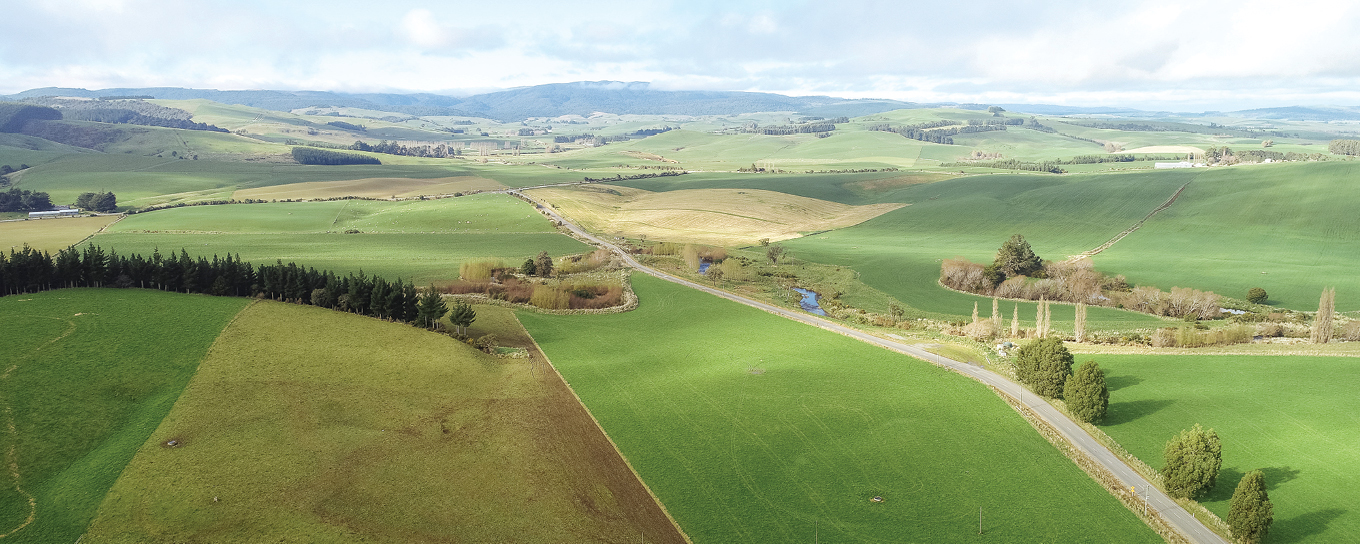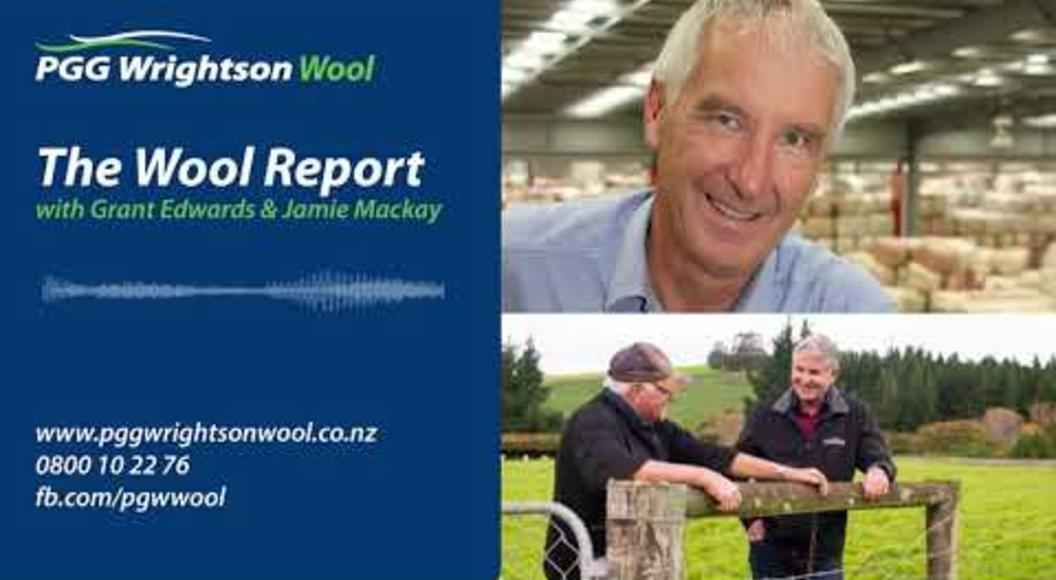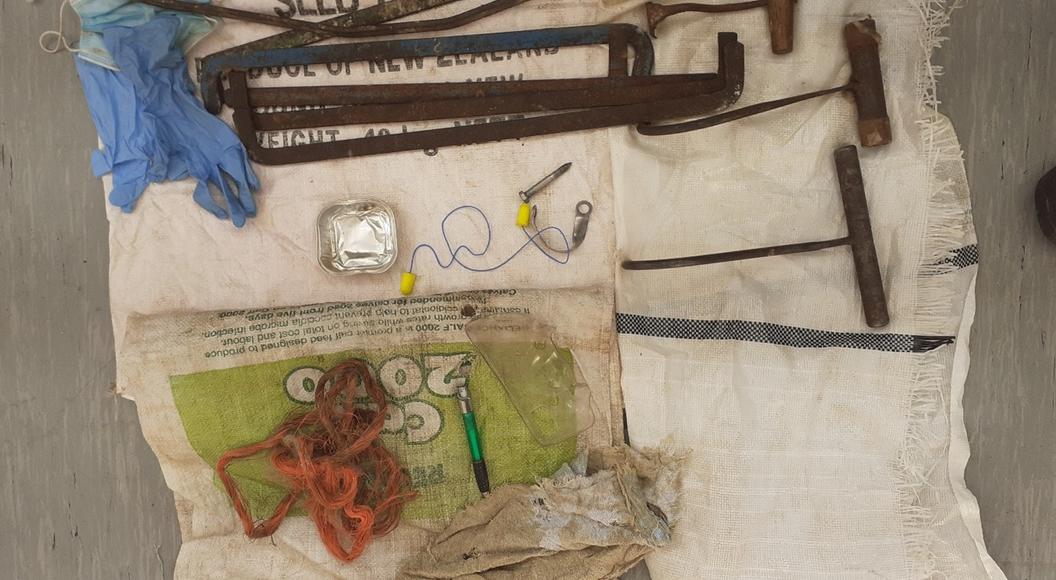
The benefits of digital farming
Agriculture has known a constant evolution, from the early domestication of plants and animals to the use of crop rotation, cultivation and fertiliser and the green revolution of the 1960s. Agriculture has now entered a new phase, the ‘digital age’.
Digital technologies including the internet, mobile technologies, data analytics, artificial intelligence and other digitally-delivered services are changing agricultural practice and the food chain. Many farmers are already using GPS guided tractors to plant crops, and embracing technologies such as sensors connected to their mobile phones that deliver real time information to assist in the decision making process.
Agribusinesses are also looking at the benefits of digital innovation to improve their services, and PGG Wrightson is no exception. PGG Wrightson Technical Field Representatives (TFRs) use the latest decision support tool called Greenlight Grower Management (GLGM) supplied by UK based software company Muddy Boots.
GLGM is a cloud-based decision support software that enables TFRs to collect and store client specific farm data. Using this data they are able to create agricultural chemical and fertiliser plans, review past applications and activities, share crop and paddock history and view soil test data to ensure crops have the best chance to grow to their full potential. The GLGM software is unique in the fact that it is the only software of this kind that can support the user to reach the right decision using soil and crop data that is specific to New Zealand conditions.
Using fertiliser recommendations as an example, TFRs can go into a paddock pre-crop and take a soil sample. This is then sent away to Hill Laboratories to be analysed. This soil analysis is then automatically loaded into a client specific GLGM site that the TFR has populated. The site holds information such as the crop to be grown, the expected yield and soil type the farm is located on.
Using the soil test data, GLGM calculates maintenance and capital fertiliser requirements for the paddock taking into account specific crop nutrient removals and soil type. This then assists the TFR to choose the correct fertiliser product to provide the optimum amount of each nutrient needed and maximise crop yield while maintaining and/or improving soil nutrient status. The software creates a professional fertiliser report the TFR can present to clients and contractors ensuring everyone is informed of what is being applied to their land.
One of the key benefits of GLGM is that it provides the TFR with a tool for customers to use for data management. The software keeps a record of all sprays and fertiliser used on a paddock. This can then help inform important decisions like crop rotation and future fertiliser applications, with the benefit of detailed reflections on previous seasons. This means the customer has the ability to review decisions from last season to plan for the season ahead. Furthermore, this historical information also can assist farmers with traceability/accountability, with regards to buyers and regional council requirements.
Don’t miss out on the second article of this series discussing in more detail the benefits for farmers in next month’s Rural Diary.
To see how GLGM is being used to help create accurate fertiliser and agchem recommendations for your farm, contact your local PGG Wrightson Technical Field Representative for a demonstration.


